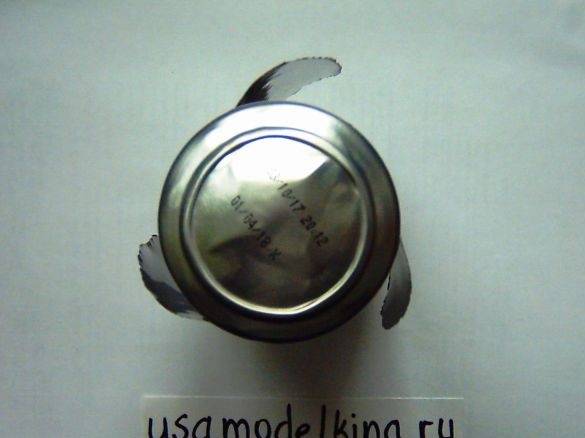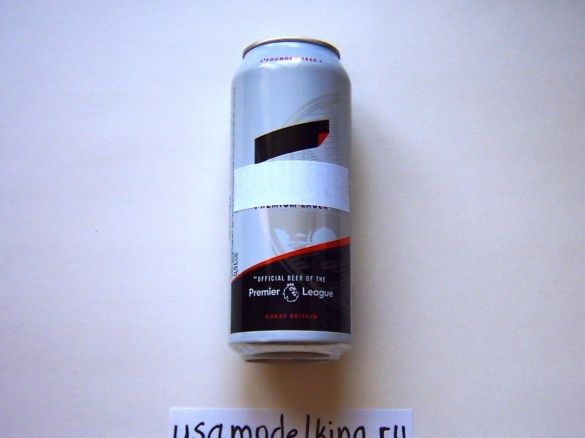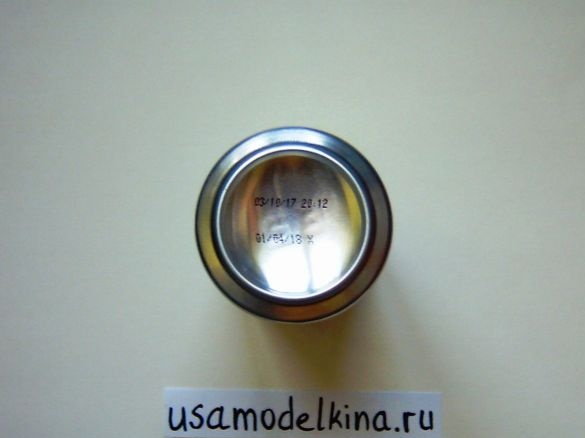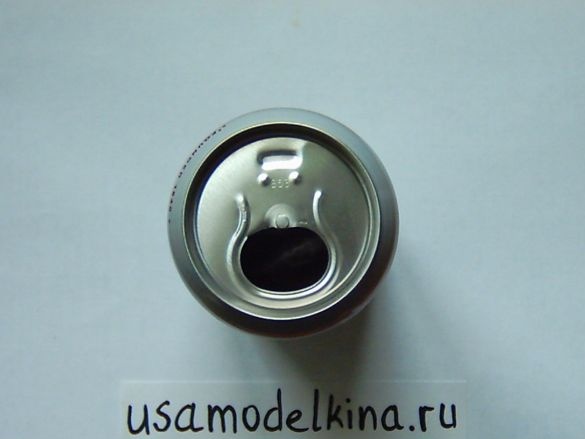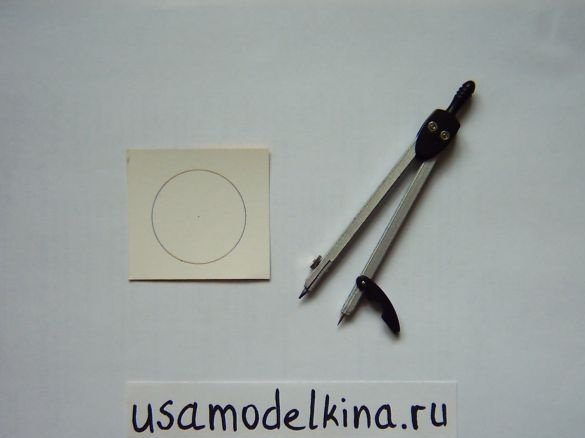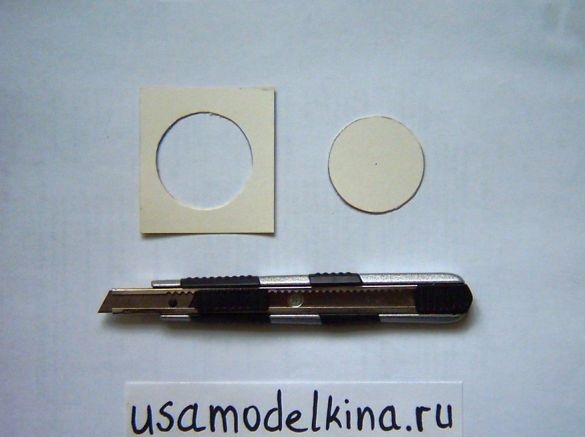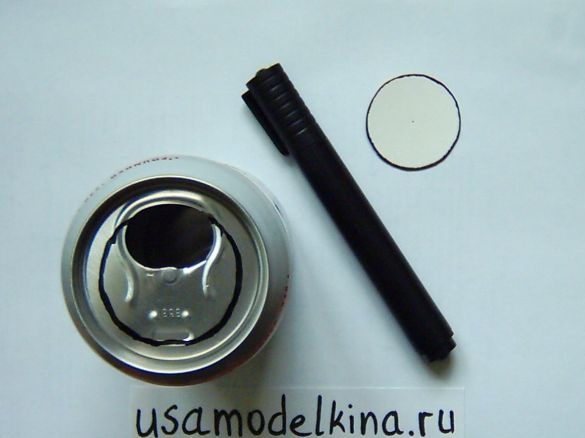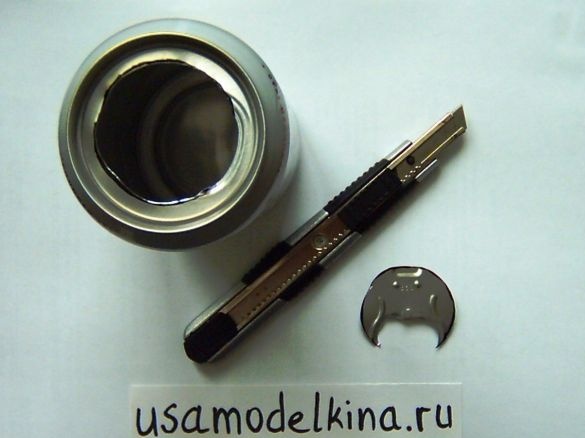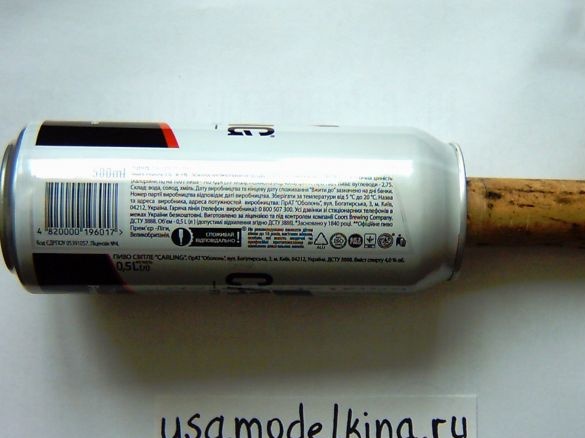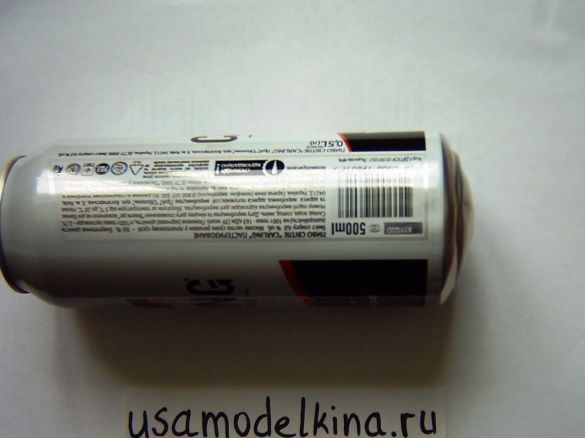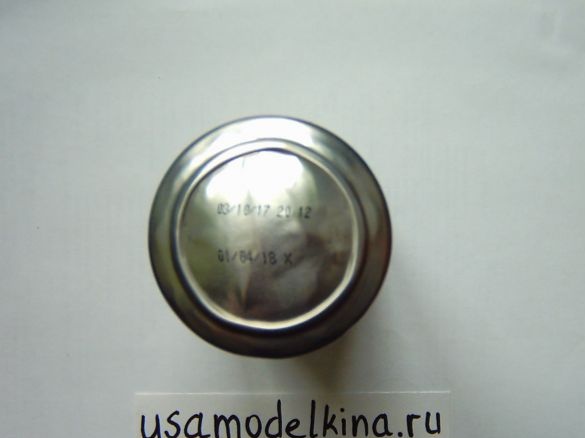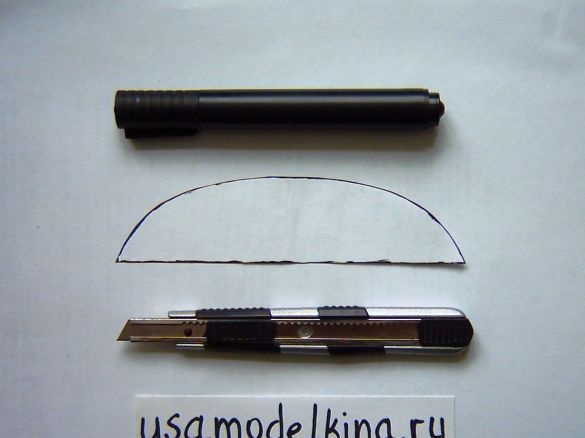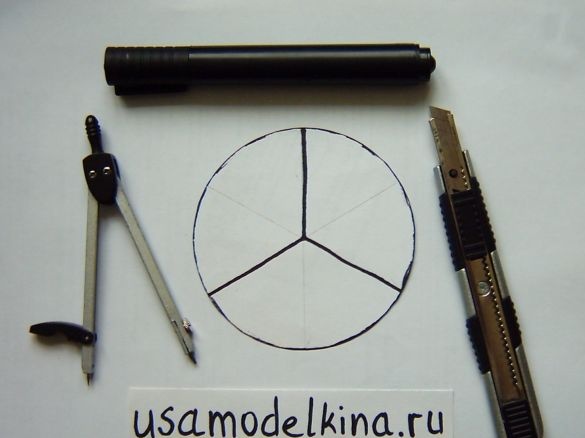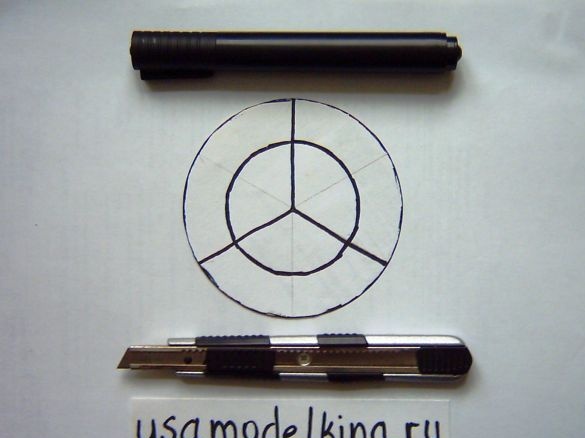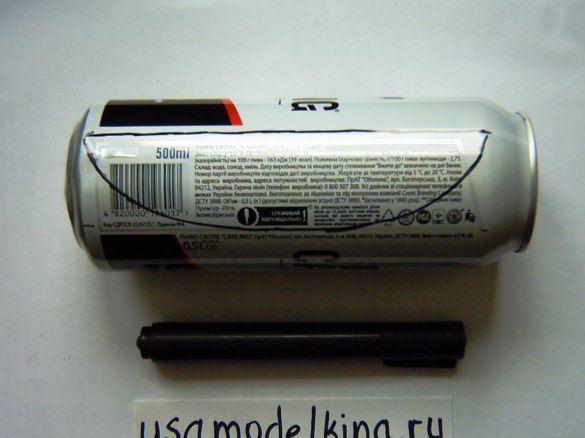Yes, this homemade may be useful to those who have country house or a garden and who needs to create pleasant noises driving away garden pests on their territory, be cooler, instead of obsolete tin lids for driving away ravens, do all modern windmills ...
If you suddenly drank (not alcohol and not driving), well, some kind of drink in an aluminum can, and you are too lazy to get up from the couch, step 2 m and throw the can into the bin, but you don’t feel like it on the floor, so you’re on the right way, do not rush. Try to make a cool little thing out of it - shpako-, medvedko-, bug-shag (for giving or office)), that is, a cool, stylish, almost eternal wind-drum. The name of the drink is specially closed from the already unnecessary advertising.
To do this, you do not need so many tools with materials (preferably not too much laziness), and the speed of execution during training can be enviable, then if you can organize competitions with the neighbors for the speed of aluminum windmills, who will win a full can.
So, what you need.
Instruments:
- stationery knife (possible with a 9 mm blade);
marker (e.g. black);
-compass;
-dryuchok (stick from the mop rounded at the end).
Materials:
- an empty aluminum can from the drink (at least 0.5 l, even if it is possible smaller or larger);
Office paper or thin cardboard (1 sheet of A4, color does not matter).
In order not to get up off the couch at all, for example, boxing or football on TV, see how to get up here, then tell someone to bring you a stationery knife, with paper, a marker, compasses and at the same time tell them to remove dust near the couch with a wet mop that you then take and use. The main thing is to be careful not to cut yourself with sharp objects.
The manufacture of a chickenpox should begin with such stages, changing their order can lead to complications during creation, and generally dangerous consequences, therefore there is a certain (necessary) order:
Stage 1. Using a compass, draw and cut out a paper circle with a diameter of about 35 mm. Symmetrically with respect to the walls of the can (along the axis of the can), attach it to the top of the empty can (where there is already a small hole for drinking the drink), like a stencil and transfer it with a marker to the aluminum surface. You can try to draw a compass on the bank, but this is not very convenient (a compass is not worth it, but a pencil does not draw on aluminum).
Stage 2. Take a clerical knife and cut a hole on top of the can at the marker.
Stage 3. Insert the stick into the jar with a rounded end. Now you need to carefully “turn the bottom” out. You can put the bottom of the can on a hard surface and gradually push the stick along its inner perimeter. After rough processing, the bottom of the can is taken in the left hand and with the right hand with the stick turns (behind, or counterclockwise) we form a "spherical bottom" outward (this operation is one of the most difficult, here the main thing is not to bend something extra).
Stage 4. We make a wing profile (blades) from paper. For the symmetry of drawing cutting lines on a jar, it’s nice to draw three “rays from the center” on paper at 120 degrees angles on paper, making it easier to mark the location of the blades.
Stage 5. We apply a marker symmetrically and in one direction relative to the axis the profile of three blades on the vessel (jar), on the side (where the name of the drink is). There should be 3 (three) of such wings, not 4 (four) or 2 (two), (remember, with 2 or 4 the windmill will not rotate!).
Stage 6. Very carefully (so as not to cut yourself), we cut out the blades with a clerical knife only where they are rounded (chord).
Stage 7. And now even more accurately (the risk of cutting even more) we bend the blades from the middle of the can outward, it is possible with working gloves to get this (here is a top view):
Stage 8. We put a windmill on a stick (or a pole for beans) in a windy place (it is advisable not to obscure the trees from the wind) ...
Such a windmill in the country rotates at the slightest wind, is not afraid of rain, snow, rust, bright light (except for a direct lightning strike), termites, cobwebs. The main idea here is to create a “drum effect”, which is why the diameter of the hole in the aluminum can is larger than the diameter of the stick (gimlet) on which it stands.
It is interesting that with a gust of wind, the windmill does not fly off, but simply clings harder to the stick, with time on the stick you can see the friction groove from the can. A beautiful "wind symphony" comes out when there are a lot of such windmills in the country or in the garden. In addition, hares, some harmful birds, a bear, moles, and even annoying neighbors run away from such windmill noise.


